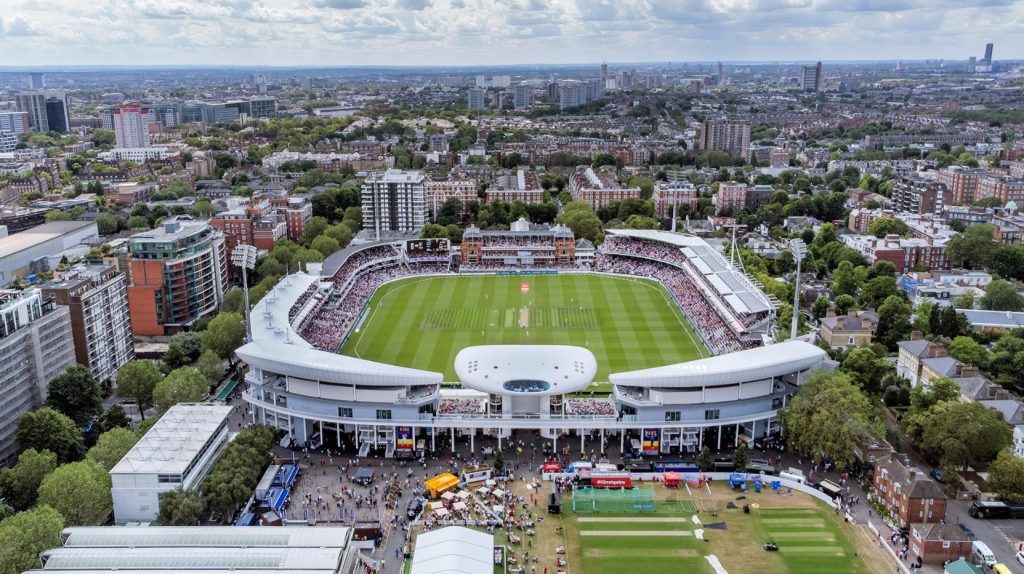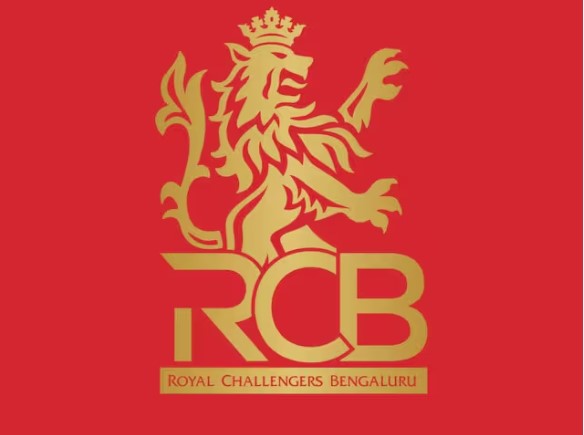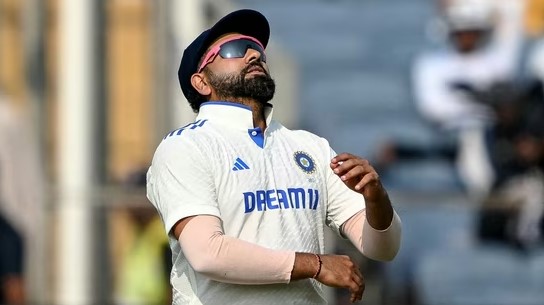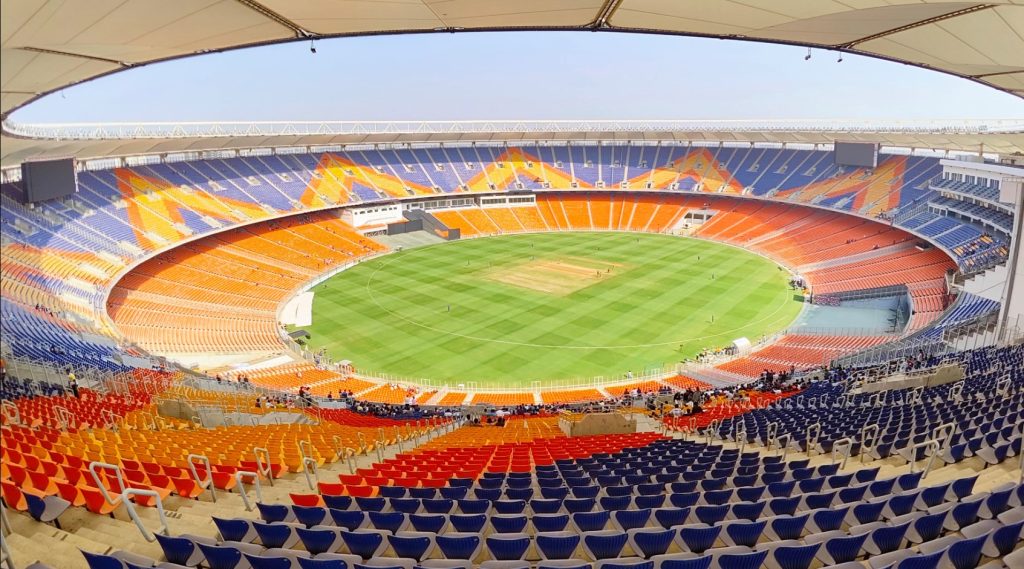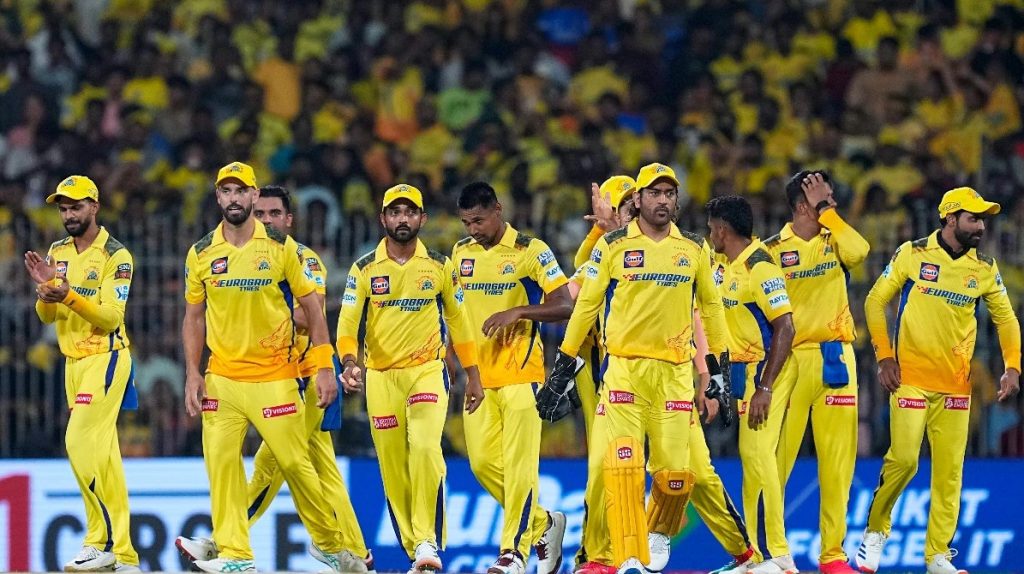Lord’s Cricket Ground, often referred to as the “Home of Cricket,” is one of the most iconic sports venues in the world. Located in St John’s Wood, London, Lord’s has witnessed countless historic moments in the world of cricket. As the oldest international stadium in the sport, Lord’s has earned a reputation not only for its history and grandeur but also for its capacity, which plays an important role in shaping the atmosphere during major cricket events.
This article explores the capacity of Lord’s Cricket Ground, its historical significance, various facilities, and how the ground continues to be a pivotal part of world cricket. Additionally, we will look into the seating arrangements and how they are designed to cater to different formats of the game.
1. History of Lord’s Cricket Ground
Lord’s has been the venue for numerous memorable cricketing moments since it was founded in 1787. Initially, it was located in the nearby Dorset Square before moving to its current location in St John’s Wood in 1814. Lord’s is the home of the Marylebone Cricket Club (MCC), which has been instrumental in governing the laws of cricket.
Lord’s is not just a cricket ground; it also houses the MCC Museum, which holds a large collection of cricket memorabilia, including the Ashes urn. The ground has hosted some of the most prestigious cricket events, including Test matches, One-Day Internationals (ODIs), and World Cup finals.
2. Lord’s Cricket Ground: Seating Capacity
The capacity of Lord’s Cricket Ground has undergone significant changes over the years. Its seating arrangement has evolved to accommodate the increasing demand for tickets during major cricket events. Below is an overview of the seating capacity, highlighting the sections of the stadium and their unique features.
2.1 Current Seating Capacity
As of 2024, Lord’s Cricket Ground has a total seating capacity of approximately 30,000 spectators. While this may seem small compared to some modern stadiums worldwide, Lord’s has managed to maintain an intimate yet grand atmosphere, with a perfect blend of tradition and modernity.
| Seating Area | Capacity | Description |
|---|---|---|
| Compton and Edrich Stands | 11,000 | These stands are named after famous cricketers Denis Compton and Bill Edrich. They offer modern seating with views of the pitch and the surrounding areas. |
| Mound Stand | 2,500 | Positioned on the Western side, the Mound Stand provides a perfect view of the ground. It also has a rich history and is often used during prestigious matches. |
| Grand Stand | 5,000 | Located at the Pavilion end, the Grand Stand is one of the most iconic parts of Lord’s. It combines luxury seating with traditional wooden architecture, providing a mix of modern amenities and historic charm. |
| Pavilion | 500 | The Pavilion is a historic and exclusive part of Lord’s, offering premium seating for members and special guests. |
| Lower and Upper Tier | 8,000 | The lower and upper tiers consist of a variety of seating arrangements, from standard to premium, offering fantastic views of the ground. |
| Other Areas | 2,000 | These are temporary or flexible seating arrangements that can be set up for special events like the ICC World Cup, where extra seating may be needed. |
3. Lord’s: Iconic Features of the Ground
Lord’s is more than just a cricket stadium; it is a living symbol of cricketing history. The ground is known for its blend of tradition and innovation, making it a unique venue in the sport.
3.1 The Pavilion
One of the most famous features of Lord’s is the Pavilion, which stands at the north end of the ground. It has a long history and is the center of the club’s social activities. The Pavilion is a privileged area, with seating for members and special guests. It’s where many cricketing legends have watched matches and is a must-see for any cricket enthusiast visiting the ground.
| Feature | Details |
|---|---|
| Location | North end of the ground, facing the playing field. |
| History | Built in 1864 and renovated several times, it remains one of the most prestigious places to watch a match. |
| Facilities | Includes a member’s lounge, museum, and premium seating areas. |
| Access | Only available to members or those with special access. |
3.2 The Compton and Edrich Stands
These stands, built in the early 21st century, provide some of the best views in Lord’s and are located along the southern edge of the ground. The stands are named after two of the most celebrated English cricketers: Denis Compton and Bill Edrich.
| Feature | Details |
|---|---|
| Capacity | 11,000 |
| Location | Located along the south side of the ground. |
| Facilities | Features modern seating, hospitality suites, and corporate boxes. |
| Significance | The stands were opened in 1999 and provide modern amenities while maintaining the tradition of Lord’s. |
3.3 The Mound Stand
Located on the western side of the ground, the Mound Stand offers some of the most popular seating, known for its historic significance. Its large capacity and view of the field make it a prime spot for spectators.
| Feature | Details |
|---|---|
| Capacity | 2,500 |
| Location | Positioned along the western boundary, opposite the Pavilion. |
| Significance | The Mound Stand has been part of Lord’s since the 1950s and is one of the most iconic parts of the stadium. |
4. Changes to Lord’s Capacity Over Time
Over the years, Lord’s has undergone various renovations and expansions, increasing its seating capacity to meet the demands of large events. While Lord’s was initially much smaller, the capacity has gradually increased, especially with the addition of new stands, hospitality suites, and corporate areas.
| Year | Capacity | Key Changes |
|---|---|---|
| 1814 | 500 | The original capacity when the ground was first established. |
| 1950s | 15,000 | The Mound Stand was introduced to increase seating. |
| 1999 | 23,000 | Addition of Compton and Edrich Stands, and renovation of other areas. |
| 2024 | 30,000 | Further renovations, including more seating and corporate boxes, have increased the capacity. |
5. Lord’s in Major Tournaments and Events
Lord’s has hosted numerous historic cricketing events, including the ICC Cricket World Cup Final, Ashes series, and Test matches. Despite its relatively small capacity compared to modern stadiums, the intimate atmosphere at Lord’s makes it one of the most sought-after venues in world cricket.
5.1 ICC World Cup
Lord’s has hosted the final of several ICC World Cups, including the 1975, 1979, 1983, and 1999 finals, and was also the venue for the 2019 final, where England won their first-ever ICC World Cup.
| Year | Event | Capacity Used | Result |
|---|---|---|---|
| 1975 | World Cup Final | 30,000 | West Indies defeated Australia |
| 1983 | World Cup Final | 30,000 | India defeated West Indies |
| 1999 | World Cup Final | 30,000 | Australia defeated Pakistan |
| 2019 | World Cup Final | 30,000 | England defeated New Zealand (on boundary count) |
5.2 The Ashes
Lord’s has also been a regular venue for Ashes series, one of the most anticipated events in world cricket. The ground’s rich history, combined with its electric atmosphere during Ashes matches, makes it a favorite among players and fans alike.
| Year | Ashes Test at Lord’s | Result |
|---|---|---|
| 1993 | Second Test, England v Australia | England won by 8 wickets |
| 2009 | Second Test, England v Australia | Australia won by 115 runs |
| 2015 | Second Test, England v Australia | England won by 169 runs |
6. Conclusion
Lord’s Cricket Ground remains one of the most significant and cherished cricket venues in the world, offering a rich blend of history, tradition, and modernity. Its capacity of 30,000 spectators allows for a unique and intimate cricket experience, one that is unrivaled in terms of atmosphere. With its iconic stands like the Pavilion, Compton and Edrich Stands, and Mound Stand, Lord’s continues to be a haven for cricket fans across the globe. Despite its relatively small size compared to other modern stadiums, the significance of Lord’s transcends its seating capacity, making it a revered venue in the world of cricket.

